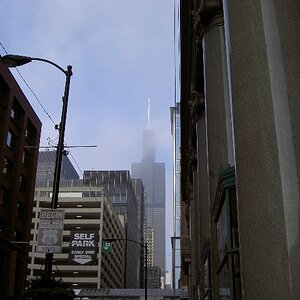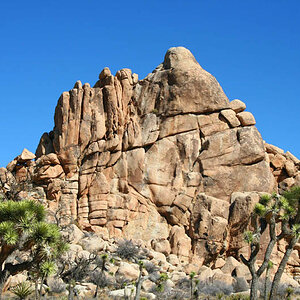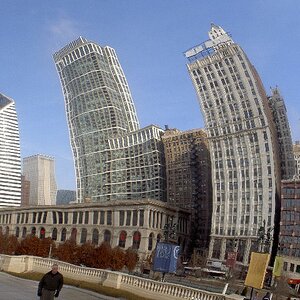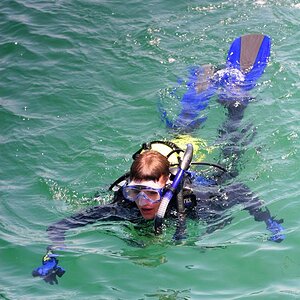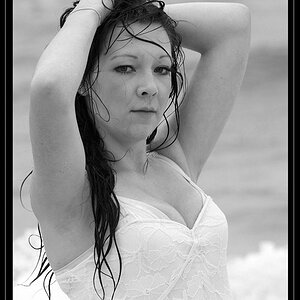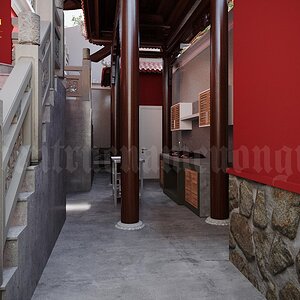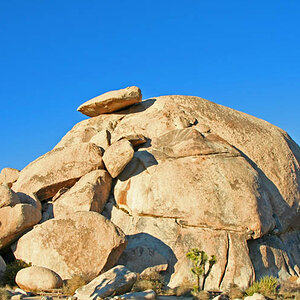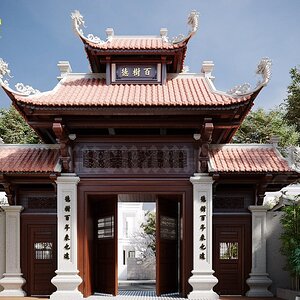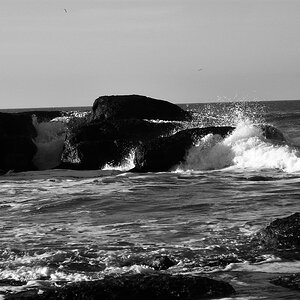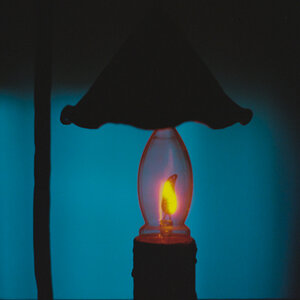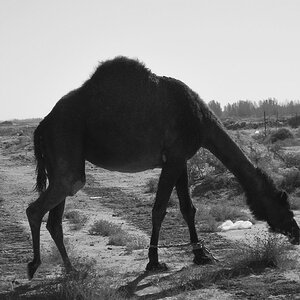I am a student of Mechatronics and have been asked to work on a project which is :
1) Externally trigger a camera to take a picture of a bird's nest (about 200-300 m) away.
2) The picture is directly saved to a laptop Hard disk using USB cable or some other means.
3) the application shall now process the image and check whether the bird has come into the nest or not.
4) If the bird is in the nest then the program shall prompt the user of the software.
My problem is that I know nothing about photography.
I need help in selecting a suitable camera.
Rinji
1) Externally trigger a camera to take a picture of a bird's nest (about 200-300 m) away.
2) The picture is directly saved to a laptop Hard disk using USB cable or some other means.
3) the application shall now process the image and check whether the bird has come into the nest or not.
4) If the bird is in the nest then the program shall prompt the user of the software.
My problem is that I know nothing about photography.
I need help in selecting a suitable camera.
Rinji


